Understanding moving estimates is crucial when planning a move, whether it’s a local move or an interstate move. In this comprehensive guide, we’ll delve into the details of binding and non-binding estimates, helping you decide on your next move.
What is a Moving Estimate?
A moving estimate is a quote from a moving company that roughly calculates how much your move will cost. It’s based on several factors, including the weight of your items, the distance of the move, and the services you choose.
There are different moving estimates, and understanding each is key to ensuring you choose the right moving company and avoid any potential moving scam.
Types of Moving Estimates
There are primarily three types of moving estimates:
1. Binding Estimate
2. Non-Binding Estimate
3. Not-To-Exceed Estimate
Let’s explore each of these in detail.
What is a Binding Estimate?
A binding estimate , also known as a binding quote or a binding contract, is an agreement that guarantees the total cost of the move based on the weight of the items and the services listed in the estimate.
When you agree to a binding estimate, you must pay the agreed-upon price, regardless of whether the final weight is more or less than the estimated weight.
Advantages of a Binding Estimate:
- Price certainty: With a binding estimate, you clearly understand the total cost of your move upfront. The moving company provides a fixed price based on the inventory of items and services requested. This eliminates the risk of unexpected expenses or price hikes during the move.
- Budget planning: A binding estimate allows you to plan your budget accurately. You can allocate funds for your move without worrying about any unforeseen charges. This can be especially beneficial if you have a strict budget or want to avoid financial surprises.
- Protection against price increases: Once you receive a binding estimate, the moving company cannot increase the price unless you request additional services or add more items to the inventory. This protects you from any sudden price changes with non-binding estimates.
- Transparent pricing: Binding estimates provide transparency in pricing. You can review the details of the estimate, including the services included and their associated costs. This helps you understand what you’re paying for and ensures no hidden fees or charges.
- Peace of mind: Knowing the exact cost of your move in advance gives you peace of mind. You can focus on other aspects of your relocation, such as organizing your belongings or settling into your new home, without worrying about unexpected expenses.
- Comparison between moving companies: When obtaining binding estimates from different moving companies, you can easily compare their prices and services. This allows you to make an informed decision based on the estimated cost and the quality of services each company provides.
It’s important to note that binding estimates typically require a physical survey of your belongings by the moving company to ensure accurate pricing. It’s advisable to thoroughly review the terms and conditions of the estimate and clarify any questions or concerns before proceeding with the move.
Disadvantages of a Binding Estimate:
– If the weight of your items is less than the estimate, you still have to pay the agreed-upon price.
– Any additional services or items added after the agreement will incur additional charges.
What is a Non-Binding Estimate?
A non-binding estimate is an estimate of the moving cost based on the mover’s survey of the items to be moved, with the final cost determined after the move has been completed.
This means that the final price could be higher or lower than the estimated price, depending on the actual weight of your shipment and the services provided.
Advantages of a Non-Binding Estimate:
– If the weight of your items is less than the estimate, you’ll pay less than the estimated cost.
– It offers more flexibility if you need to add or remove items or services.
Disadvantages of a Non-Binding Estimate:
– The final cost could be higher than the estimated cost, making budgeting more challenging.
– Unscrupulous movers may provide a low estimate to secure the job, then increase the price on a moving day.
Binding Estimate vs Non-Binding Estimate: A Comparative Analysis
| Binding Estimate | Non-Binding Estimate | |
|---|---|---|
| Definition | A guaranteed price for the move based on the weight of items and services listed in the estimate. | An estimated move cost, with the final cost determined after the move is completed. |
| Price | Fixed, unless additional services or items are added. | It can increase or decrease based on the actual weight and services. |
| Best For | Those who want a guaranteed price and are sure of the items they are moving. | Those who are unsure of all the items they are moving or may need additional services. |
Understanding Not-To-Exceed Estimates
A not-to-exceed estimate, also known as a “price protection estimate,” is a moving estimate with a maximum price. The final cost of the move will not exceed the estimated price, and if the actual cost is lower than the estimate, you’ll pay the lower price.
How to Get an Accurate Moving Estimate
Here are some tips to get an accurate moving estimate:
1. Inventory: Make a detailed inventory of all the items you plan to move. The more accurate your list, the more precise your estimate will be.
2. Get Multiple Estimates: Get estimates from at least three moving companies to compare prices and services.
3. Ask Questions: Ensure you understand what’s included in the estimate. Ask about additional fees for packing materials, long carry charges, and other potential costs.
4. In-Home Estimate: For the most accurate estimate, opt for an in-home estimate where the mover inspects your items in person.
How to Avoid Moving Scams
Unfortunately, moving scams are all too common. Here are some tips to avoid them:
1. Research the Company: Check reviews and ratings on sites like the Better Business Bureau (BBB) and ensure the company is registered with the Federal Motor Carrier Safety Administration (FMCSA).
2. Avoid Large Deposits: After moving, reputable movers will only demand cash or large deposits.
3. Get Everything in Writing: Ensure you get a written copy of everything, especially the moving estimate and contract.
FAQs about Moving Estimates
Q: What is included in a moving estimate?
A: A moving estimate includes all charges associated with the move, such as labour, materials, and transportation. It should also include any additional services you’ve requested, such as packing or furniture disassembly.
Q: Can the price of a binding estimate increase?
A: The price of a binding estimate can only increase if you decide to add items or request additional services after the estimate has been issued.
Q: What happens if the actual cost of the move is less than the non-binding estimate?
A: If the actual cost of the move is less than the non-binding estimate, you only pay for the actual weight of the shipment and the services provided.
Understanding moving estimates is crucial to planning a successful move. Whether you choose a binding, non-binding, or not-to-exceed estimate, ensure you understand the terms and conditions before signing any contract.
Remember, the cheapest estimate can be better. Look for reputable moving companies that offer fair prices, good service, and a track record of satisfied customers.
Ready to make your move? Contact us today for a free, no-obligation moving estimate. Let us make your next move a smooth one!
The post Understanding Moving Estimates: A Comprehensive Guide to Binding and Non-Binding Estimates appeared first on Treasure Moving.

